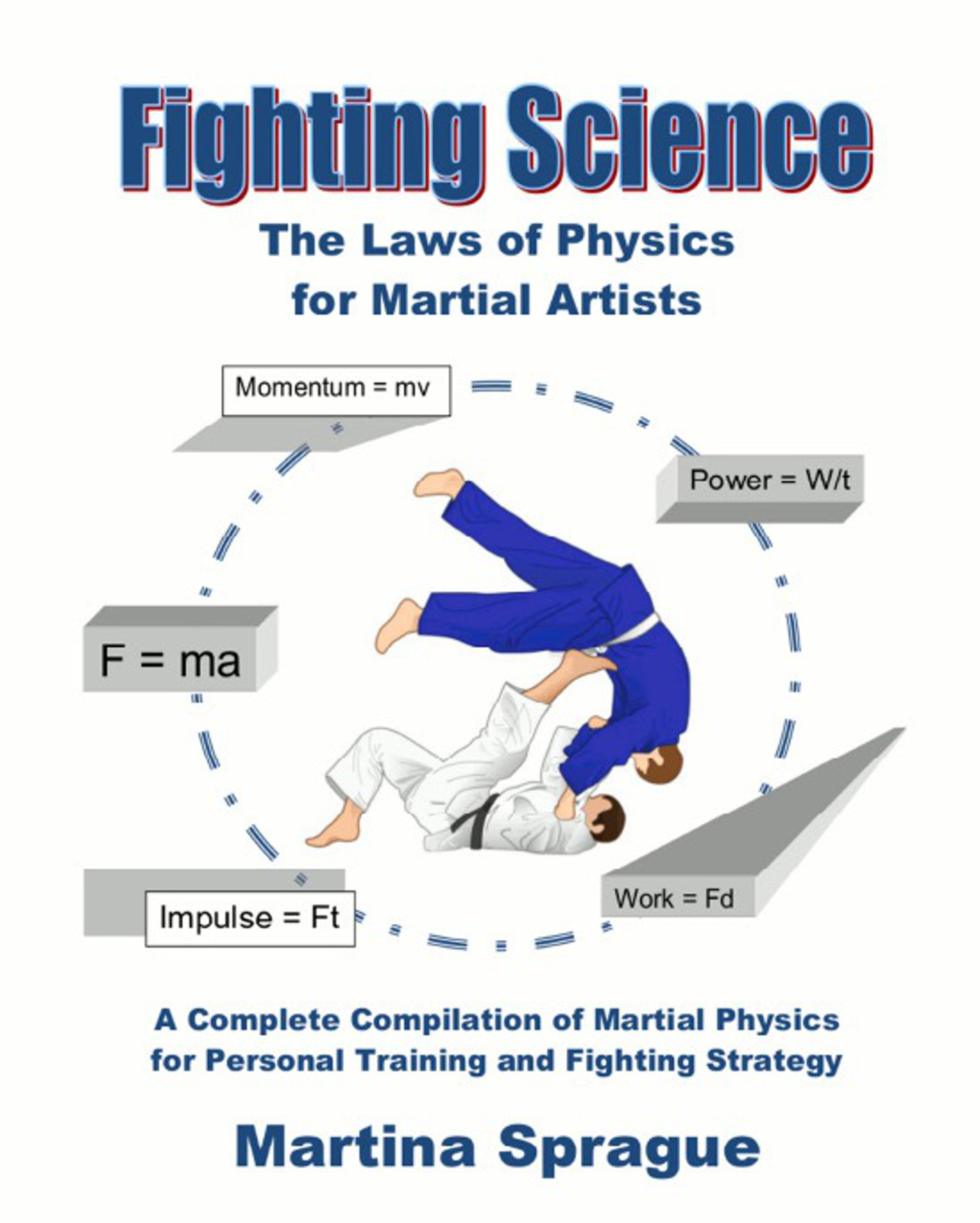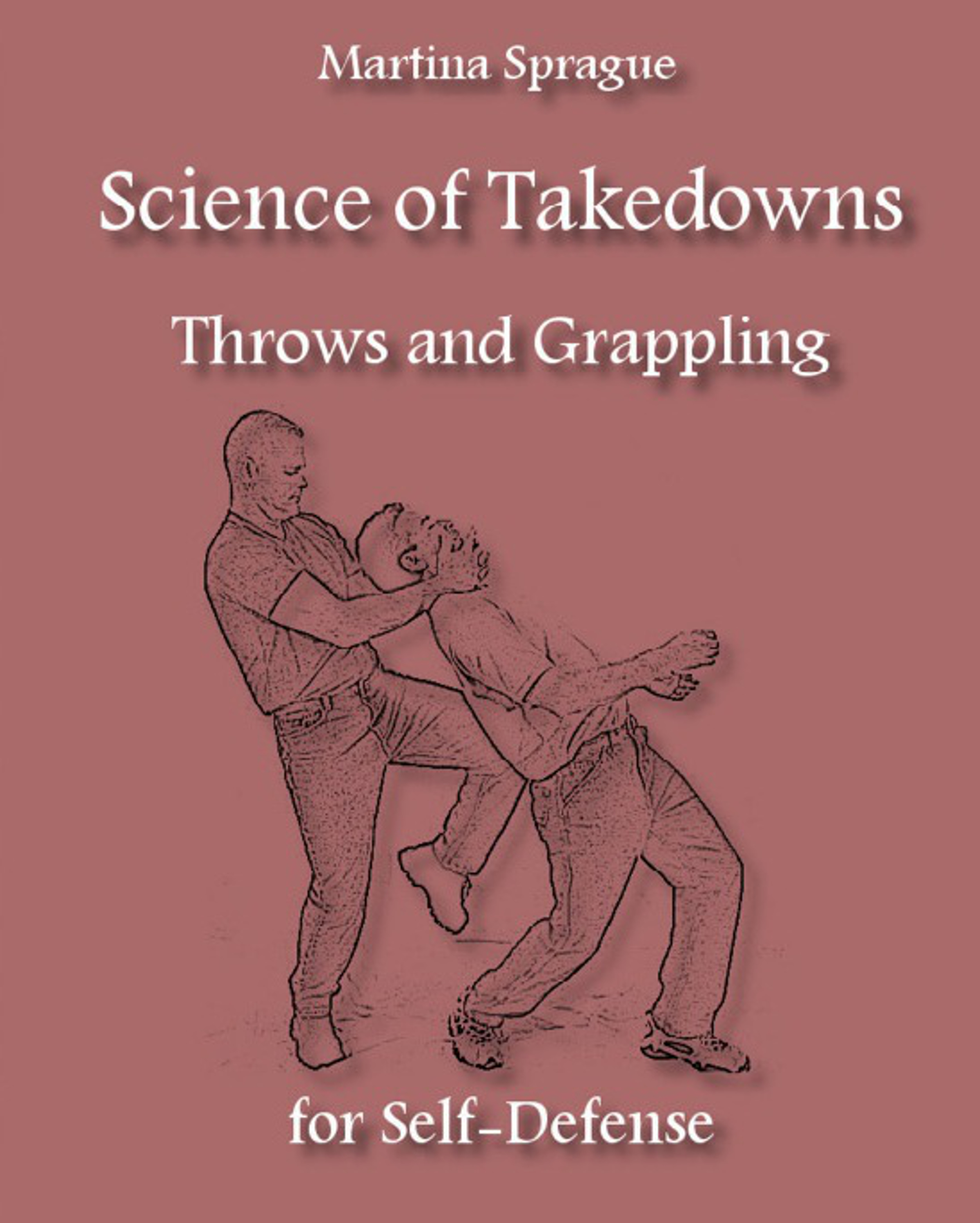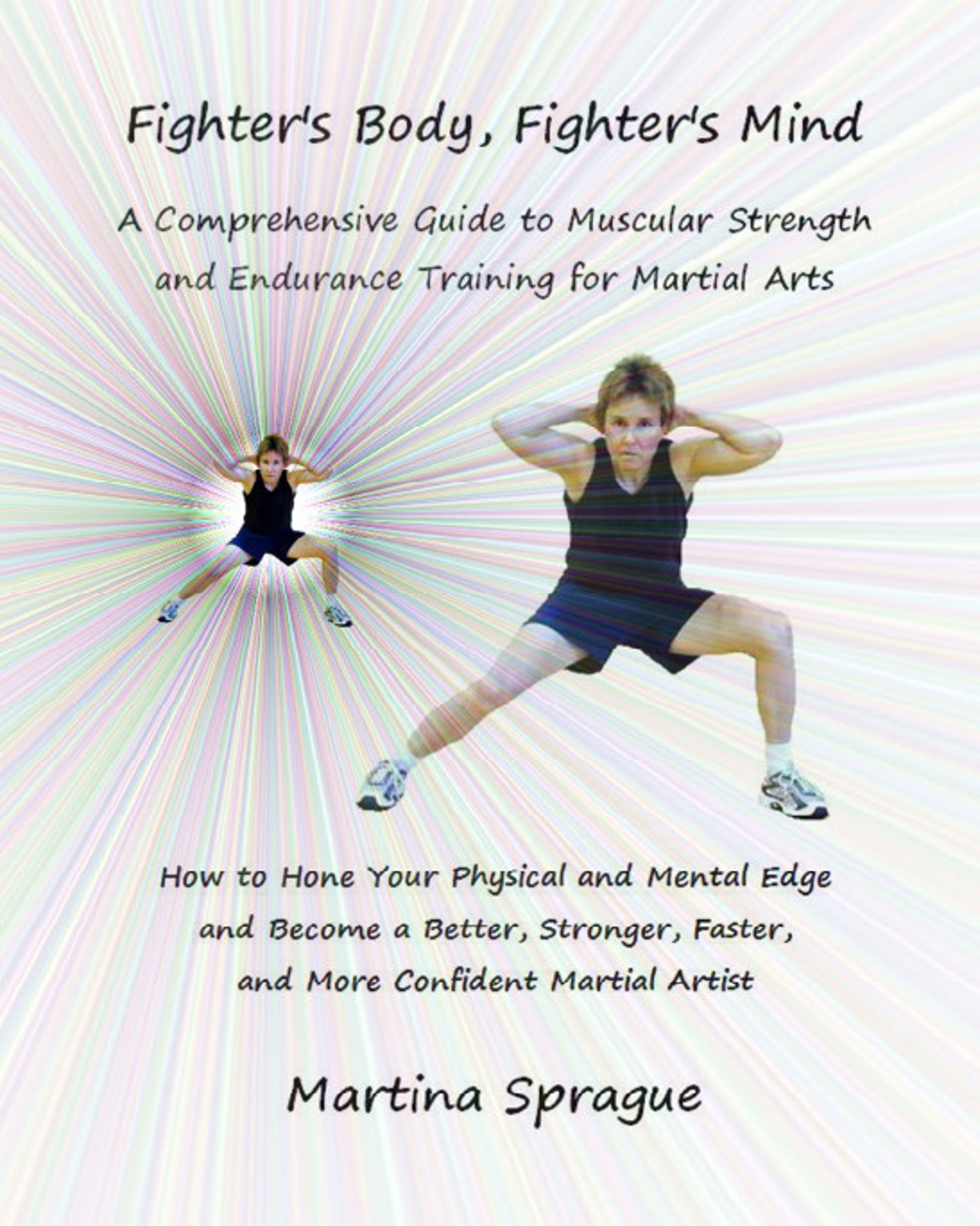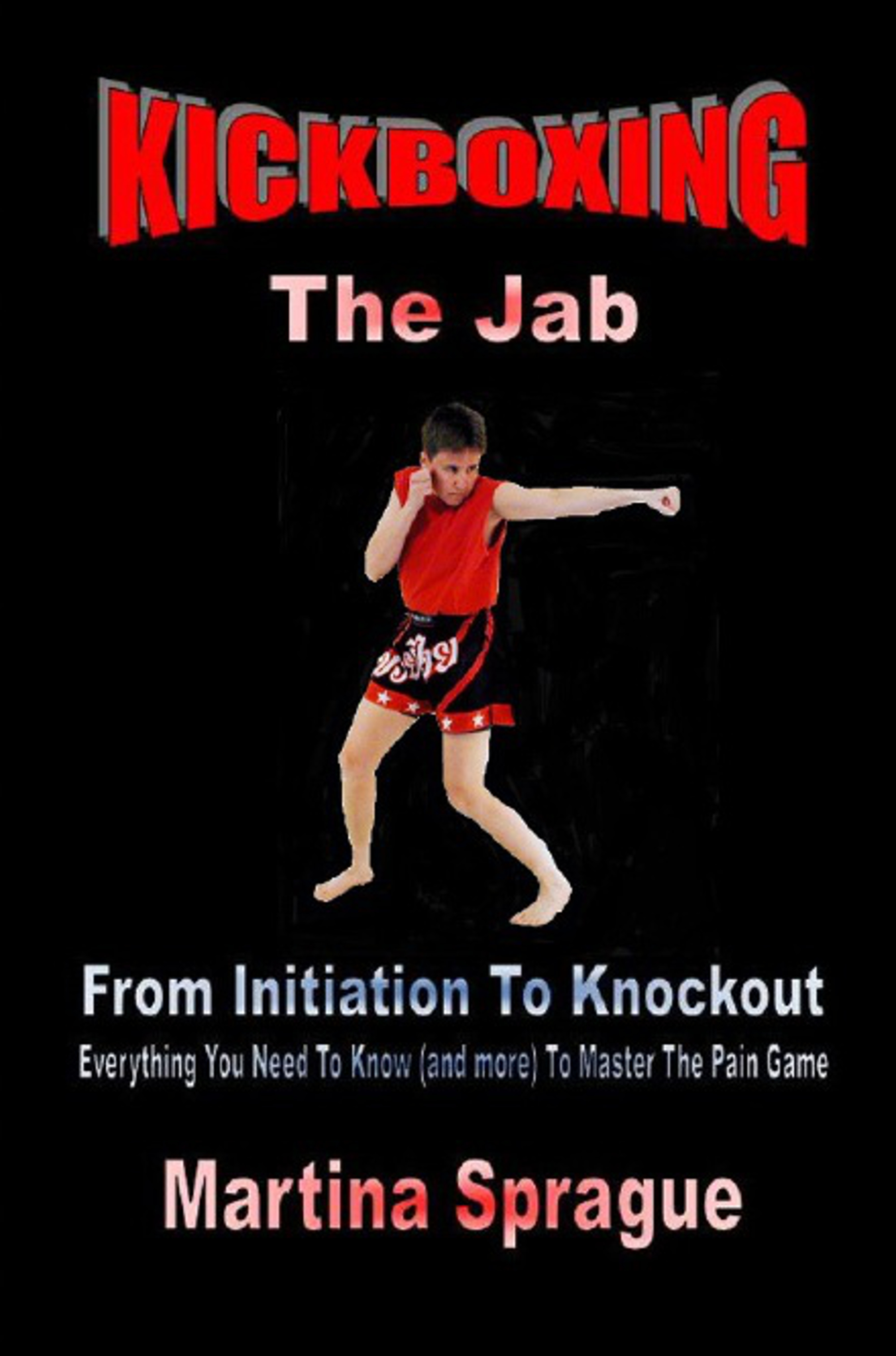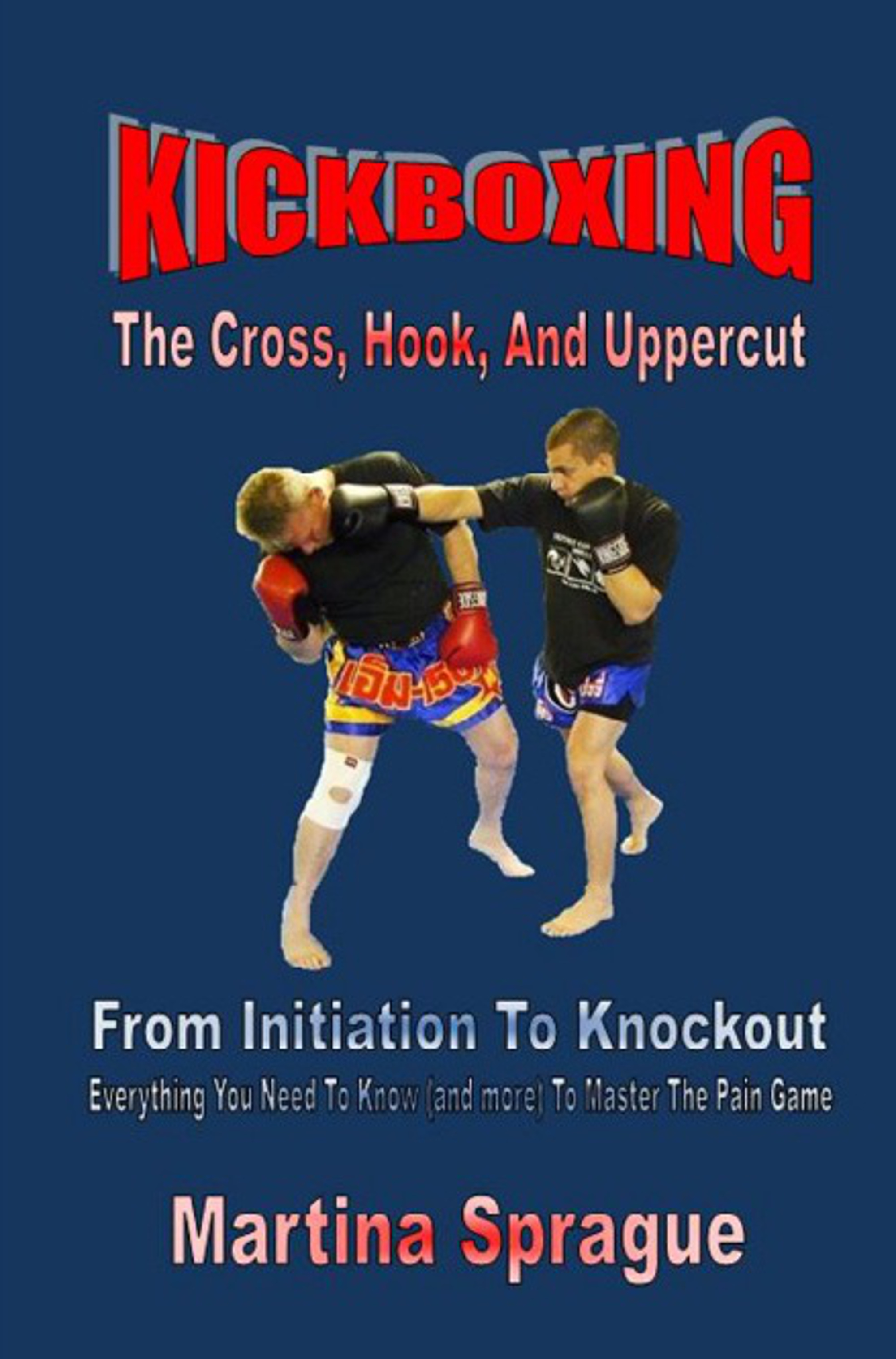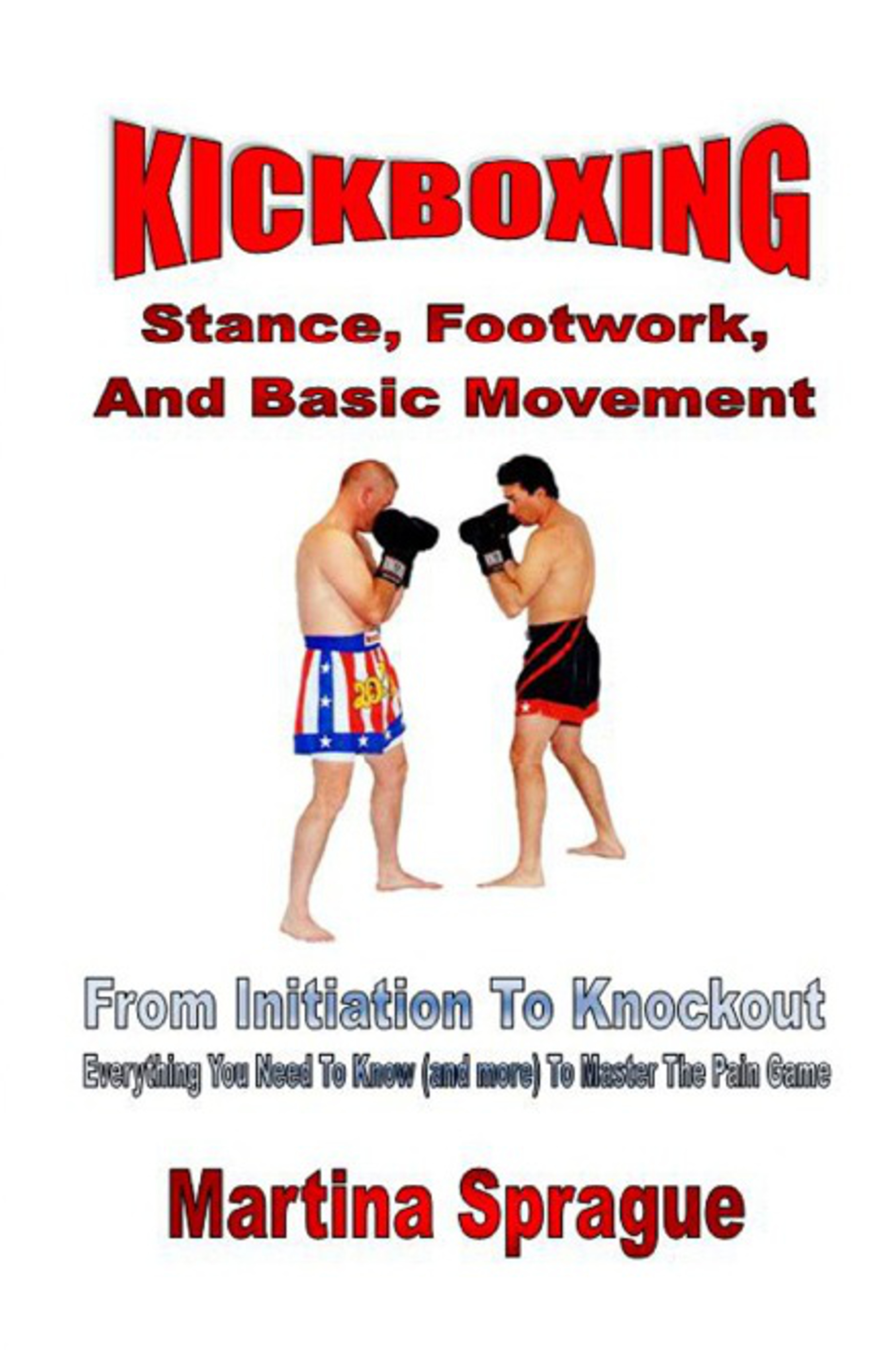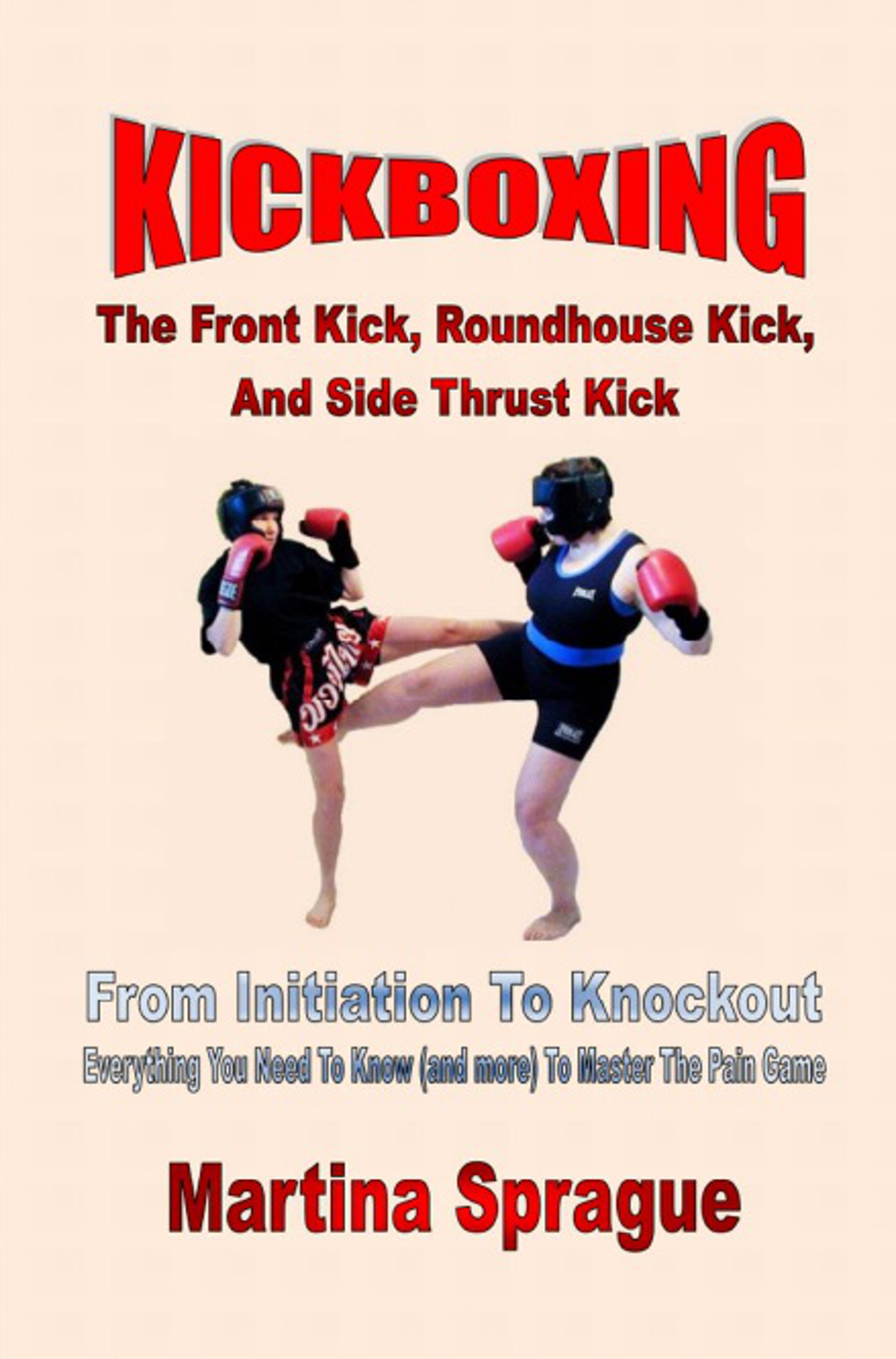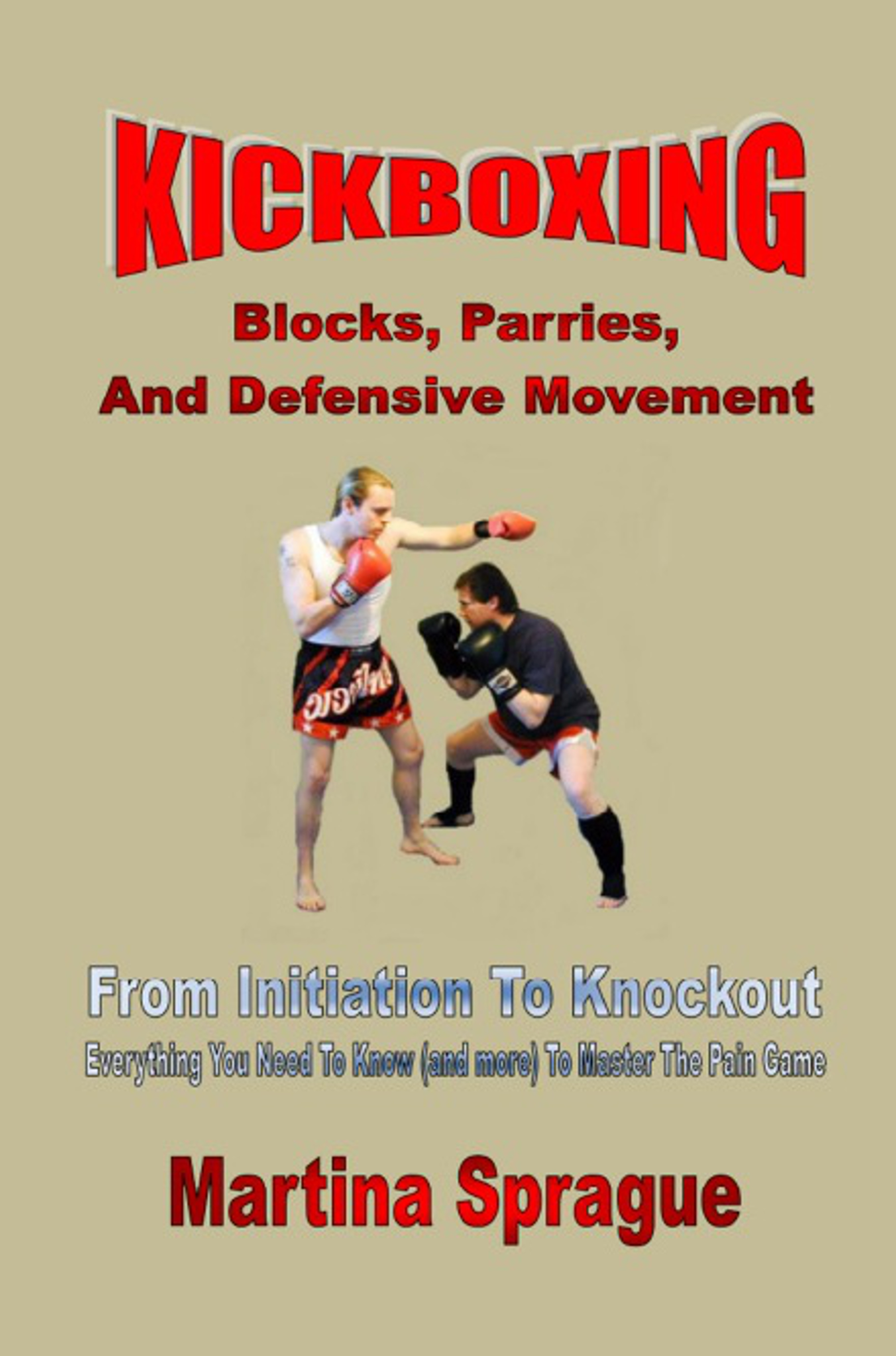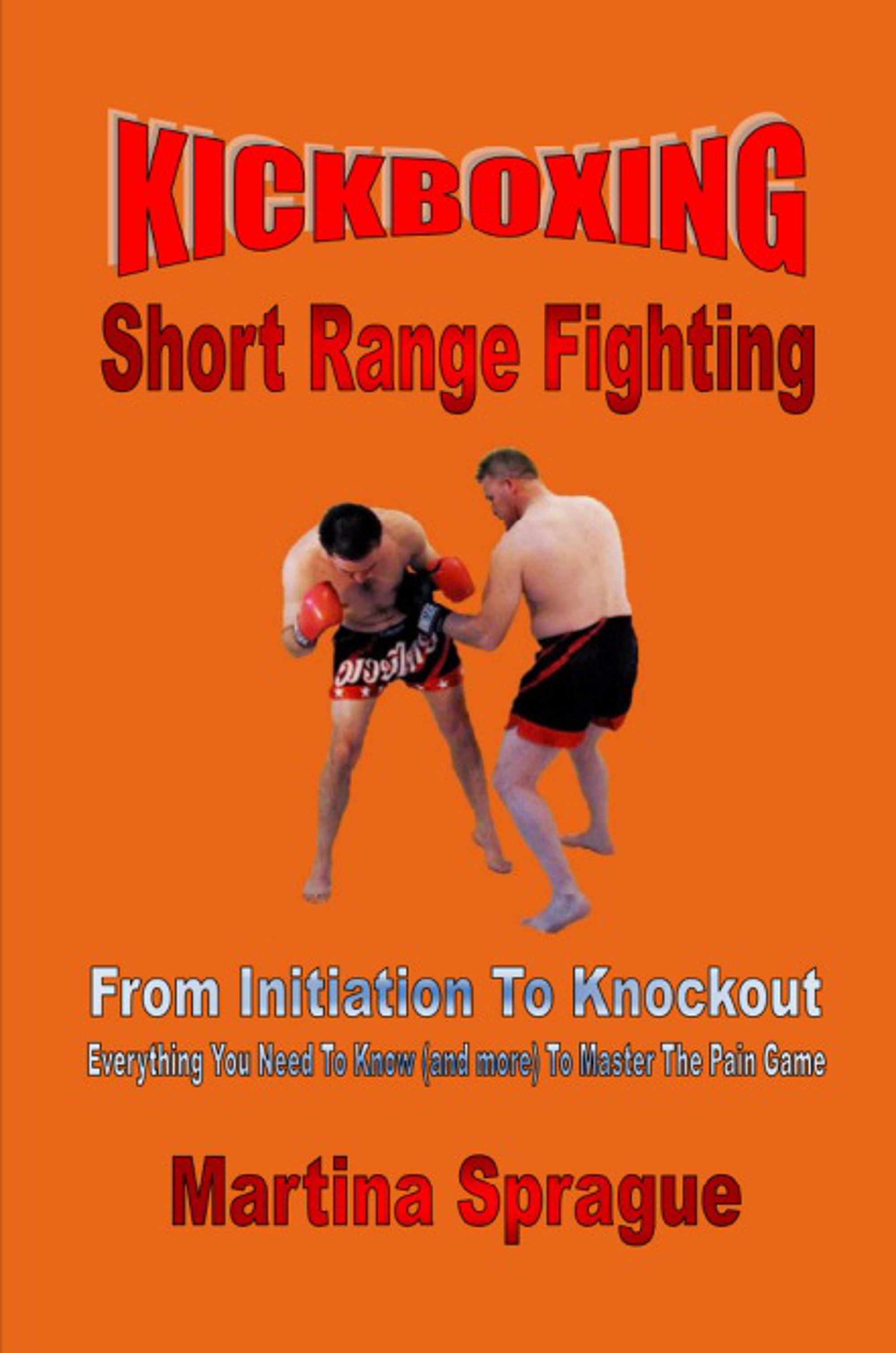 fax (000) 000-0000
fax (000) 000-0000
toll-free (000) 000-0000
Best Swordsman, Best Sword: Samurai vs. Medieval Knight
Our purpose with this book is to pit a samurai against a medieval knight to determine who proved to be the better swordsman, who wielded the better sword, and who came from the superior culture. Our analysis will encourage you to think about the many nuances of swordsmanship in different terrains and cultural settings, and how a Japanese samurai might have acted and reacted had he crossed swords with a European medieval knight, and vice versa. It is of interest to those who have some experience practicing with the sword, but primarily to those who like to ponder the use of the sword in a historical context; neither for sports or to settle points of honor, nor for health or personal fulfillment, but on the battlefield where the objective was to kill the opponent. The intent is to discern relationships between seemingly separate histories and lead us toward a broader horizon regarding historical swordsmanship.
Knife Offense: Knife Training Methods and Techniques for Martial Artists
The Knife Training Methods and Techniques for Martial Artists series gives the martial arts interested person a solid background on the importance of the knife as a combat weapon, inspires the reader about the benefits of knife training, and provides detailed instruction in how to manipulate and defend against a knife with speed, proficiency, and confidence. Almost any martial art, traditional or modern, can be adapted to knife offense and defense without changing the basic principles of the art. Since the knife is a relatively small and lightweight weapon, many of the moves and movement patterns you use in your empty-hand art are easily transferable to your knife techniques, and vice versa. The practical lessons you learn by adding knife training to your arsenal include quick reaction skills, physical and mental control, footwork and evasion tactics, distance control, and target precision. Knife training gives you a decided physical and mental edge and opens new dimensions that will deepen your understanding of the martial arts. This special volume contains books 1 through 5 of the Knife Training Methods and Techniques for Martial Artists series, with focus on deploying and attacking with the knife.
Knife Defense: Knife Training Methods and Techniques for Martial Artists
The Knife Training Methods and Techniques for Martial Artists series gives the martial arts interested person a solid background on the importance of the knife as a combat weapon, inspires the reader about the benefits of knife training, and provides detailed instruction in how to manipulate and defend against a knife with speed, proficiency, and confidence. Almost any martial art, traditional or modern, can be adapted to knife offense and defense without changing the basic principles of the art. Since the knife is a relatively small and lightweight weapon, many of the moves and movement patterns you use in your empty-hand art are easily transferable to your knife techniques, and vice versa. The practical lessons you learn by adding knife training to your arsenal include quick reaction skills, physical and mental control, footwork and evasion tactics, distance control, and target precision. Knife training gives you a decided physical and mental edge and opens new dimensions that will deepen your understanding of the martial arts. This special volume contains books 6 through 10 of the Knife Training Methods and Techniques for Martial Artists series, with focus on defending and counterattacking with the knife.
Musashi's Book of Five Rings: A Military Scientific Explanation Made Easy
As a samurai, warrior, and soldier, Miyamoto Musashi viewed sword fighting as a study in strategy and tactics, thinking of the quickest way to defeat the enemy. War strategy is a zero-sum game. He wins who can ably apply his understanding of strategy to enhance his tactics, and his opponent loses. As much as we would like to view it as a book about self-actualization or the achievement of business aims, the Book of Five Rings is primarily a military treatise, written by a man who understood the brutality of war and the necessity to take a fight to the finish. This brief study explains Musashi's famous text with an eye toward the pragmatism of scientific principles, made easy for modern martial arts.
The Power Trip: How to Survive and Thrive in the Dojo
The Power Trip: How to Survive and Thrive in the Dojo is an informative and critical series of books that gives you the power to thrive in an environment where other students and instructors are sitting on their “high horses,” arguing over “best techniques,” or making snide remarks about your performance. It also arms you for the day you will begin teaching the martial arts (or improves your technique if you are already teaching), and shows you how to build your integrity and repute as an instructor. If you are a new student in the martial arts, ready to sign up for your first lesson, you will gain insight into the difficulties you can expect to encounter throughout your training, and options for resolving potential conflicts. If you are a seasoned martial artist with years under your belt, you will no doubt recognize many of the scenarios presented, and look back at your journey and consider what you could have done differently. This special volume comprises the full series of six books.
Lessons in the Art of War: Martial Strategies for the Successful Fighter
War is a profoundly human activity that is not limited by geographic location, culture, or race. The principles of war remain constant regardless of place or number of participants. In essence, an army of ten thousand engaged in battle uses the same basic strategies as two people engaged in single combat. Lessons in the Art of War explores the writings of Sun Tzu, the famous ancient Chinese military strategist, and Carl von Clausewitz, the nineteenth century European military genius. Despite the differences in time period, geographic location, and culture, both Sun Tzu and Clausewitz achieved extraordinary understanding of human nature and how it relates to combat. This book discusses the similarities and differences in their respective theories and distills them down to their essence for martial artists to understand and incorporate into their personal practices.
Formidable Fighter: The Complete Series
Martial arts, combat, fighting, whatever you call it, goes hand-in-hand with courage, toughness, dedication, and focus. What sets the formidable fighter apart from other martial artists is that he or she approaches the training with the intent to develop an edge that allows him or her to dominate the opponent physically and psychologically. The goal of the formidable fighter is to retain the initiative by interfering with the opponent’s ability to counter an attack or defensive technique. The greater physical shape you are in, the less likely you are to sustain an injury, because your body is better prepared to handle the stress of combat. Superior strength and conditioning give you an edge that can act as an equalizer against a bigger opponent. Powerful punches and grips are the product of proper training and conditioning. Good training also makes allowances for failures and prepares you to win. On the field of battle, you command the fight by force, not finesse. The formidable fighter knows how to approach a scenario with the appropriate mindset that allows him or her to act rather than react and beat the opponent to the punch. Know how to play the cards you are dealt. Martial arts techniques are not complicated; it is the surrounding situations and how we think about them that complicate how we use them. Formidable Fighter: The Complete Series comprises the full series of 14 shorter books, and also includes a bonus section; a quick reference to all concepts discussed in the text.
My Original Martial Arts Log: A Journal for Developing Your Martial Arts
My Original Martial Arts Log is a workbook for martial artists. It is an easy and fun way to build your martial arts knowledge base, and allows you to keep all your martial arts techniques organized in one easy to use reference book. Whether you are a beginner or advanced student in karate or another stand-up type of martial art, it will help you prepare for each new lesson and stay focused throughout your journey from white to black belt. The journal not only helps you remember the strengths of the basics while working toward a greater understanding of your martial art, it is also a great companion for teaching the material at a later date. The journal is practical for almost any style of karate or other stand-up type of martial art that involves striking and kicking. Fill in a blank page each time you learn a new technique. Before attending your next class, take a minute and review the last technique you learned. As you continue building this book with your own thoughts and experiences put into writing, you will eventually have access to a vast number of details about the martial art you are studying, and you will hold in your hands a martial arts book that is unique and truly your own. This interactive blank karate logbook or journal is practical for martial artists of all ages and levels and makes a great gift for Christmas, birthdays, or other occasions worth celebrating, such as rank or belt promotions.
365 Ways to Practice Your Karate, Grappling, and Martial Arts Techniques
It is helpful to learn how to approach a frightening situation with a controlled calmness. Having “been there” prior to the actual encounter is a great way to condition your body and mind, even if you have only “been there” in training. Learning the martial arts can take a lifetime of work. To make your journey more manageable, this book will introduce you to 365 ways to practice your martial arts techniques, extract information, and analyze the concepts you have learned in class, so that you can gain the skills you need to approach your technique training with confidence and maximum intensity. Study one suggestion each day of the year, and you will soon have broadened your views beyond the basic instruction you receive in the training hall.
Fighting Science: The Laws of Physics for Martial Artists
It has been said that a successful martial artist doesn’t need size or strength, because “it’s all in the technique.” It has also been said that the power of a martial artist seems to increase quickly with weight, and the best lightweight fighter in the world will be defeated every time by an unranked heavyweight in a bar brawl. This book explores the science behind power in the martial arts. Once we understand the principles of physics that apply to balance, body mass in motion, inertia, direction, rotational speed, friction, torque, impulse, and kinetic energy, the need to memorize hundreds of martial arts techniques vanishes. The principles of physics apply to all people at all times regardless of which martial art we study; regardless of whether we are standing, sitting, kneeling, prone, or supine; whether we are big or small, strong or weak.
Science of Takedowns, Throws, and Grappling for Self-Defense
The odds are, if you're attacked on the street you will have to defend yourself against a bigger and stronger assailant, or against one with a weapon. When this happens, strength alone will not be enough to stop your attacker. Science of Takedowns, Throws, and Grappling for Self-Defense addresses the concepts and mindset required to survive an encounter with a larger attacker or one with a weapon. Illustrated with hundreds of photos, it shows you what types of throws, takedowns, locks, and presses work on the street and teaches you how to apply concepts like timing and positioning to make your techniques more effective, how to defend against common attacks with a weapon and what you can do to use that weapon in your favor, which mistakes are the most common and how to prevent them from weakening your defense, and much more.
Fighter's Body, Fighter's Mind: A Comprehensive Guide to Muscular Strength
Strength and endurance are essential attributes for any martial artist, affecting everything from how hard you punch to how high you jump. Whether your goal is to defeat an opponent in the ring or on the street, the stronger you are, the better the odds of walking away as the victor. Fighter's Body, Fighter's Mind: A Comprehensive Guide to Muscular Strength and Endurance Training for Martial Arts is a total approach to building your strength base. Learn how to use machines, free weights, bodyweight exercises, and plyometrics to build your muscles while increasing speed and flexibility. Each muscle group is discussed in detail; how it is used in martial arts and how to develop it; which exercises are most effective; and how to take advantage of anatomical strengths when striking, kicking, blocking, and grappling.
Kickboxing: The Jab (From Initiation To Knockout)
Although the jab is not your most powerful strike, at long range it is in a sense your most superior strike. Superiority is determined not only by how much strength or power you have, but also by how you use movement to employ that power. Landing a long range technique is difficult without some sort of setup against a skilled opponent. The jab is perhaps the most versatile kickboxing technique available and can be used to set up all other long range techniques. Although not a knockout punch per se, the jab could on occasion be all you need to end the fight. This book discusses basic jabbing strategy for sparring and competition, choosing your targets and using the jab as a distraction, and using lateral movement to establish superiority. It emphasizes distance and timing. Understanding distance, and timing your jab correctly to your opponent's movement, allows you to control the fighting arena and create openings for your stronger rear hand.
Kickboxing: The Cross, Hook, And Uppercut (From Initiation To Knockout)
When you have learned the jab and its significance as the most basic, yet perhaps also the most versatile kickboxing technique, and practiced a variety of ways to use the jab for speed, set-up, and power, it doesn't surprise me if your next question is: "When do I get to knock'em out?" A strike's knockout capability is not necessarily determined only by its power. Other factors, such as accuracy, choosing the best target, and timing are at least equally important. But power alone, even if it doesn't result in a knockout, will certainly help get your opponent's attention. This brief books explores the three commonly used power strikes: the rear cross, hook, and uppercut. It includes discussions and training exercises on long and short range fighting, closing distance and gapping as appropriate, and using broken rhythm and sensory overload for opening up targets for the knockout.
Kickboxing: Stance, Footwork, And Basic Movement (From Initiation To Knockout)
Now that you are ready to embark on the kickboxer's long and arduous journey, it should come as no surprise that the first thing you must learn is how to survive by combining offense and defense with balance and the right mental attitude. A good fighting stance allows your feet, torso, arms, and head to work in unison, so that you can throw your techniques with minimum effort and without fear of losing balance. To appreciate a good stance, we must understand the inherently weak areas of the human body. Movement is always used to avoid an attack or position for a counterattack. The fighter who controls footwork typically controls the fight by dictating what, when, and how. Offensive movement comprises distance awareness and jamming and gapping techniques. But controlling footwork extends beyond your own footwork. You must also learn to control your opponent's footwork, to maneuver into a more desirable position, while preventing him from doing the same.
Kickboxing: The Front Kick, Roundhouse Kick, And Side Thrust Kick (From Initiation To Knockout)
Knowing how to box is not enough if you want to call yourself a kickboxer. Since kickboxing combines kicks and strikes, we will now look at the three basic kicks: the front kick, roundhouse kick, and side thrust kick. Which kick you use depends on your position, on your distance to the target, and on what you are trying to accomplish. The benefit of a kick over a punch is that you can reach any target on your opponent's body. While the hands can be used for punching to the head and body, the legs can be used for kicking to the head, body, and legs. In this sense, kicks are more versatile than punches. All kicks can be thrown with the lead or rear leg. In general, your lead leg is used much like the jab: to gauge distance. Since your lead leg is closer to the target than your rear leg, it is faster and needs less movement. Your rear leg, by contrast, has the potential to create a more powerful kick. Throughout your training, we will explore those kicks that are the most practical for competition kickboxing, and learn their application from beginning to advanced stages.
Kickboxing: Blocks, Parries, And Defensive Movement (From Initiation To Knockout)
A successful kickboxer must be complete in all aspects of his game, and offense cannot survive without defense, and vice versa. Many kickboxers think of defense as simply avoiding a strike or kick. But good defense has many other purposes. Your goal defensively is to make your opponent pay a price. Good defense protects you from harm and creates offense. Blocking or moving to avoid a strike will in itself not win the fight. It is impossible to protect against all strikes, and you will get hit. You should therefore strive to use the momentum of good defense to launch a counterattack. Good defense destroys your opponent's weapons. Begin thinking of your blocks as strikes and not simply as means of thwarting your opponent's attack. By selecting the right block and executing it in the proper manner, we can punish our opponent's offensive weapons and eventually render those weapons harmless. It takes more energy to fight offensively than defensively. Defense, with its shorter and more compact moves, should therefore be used between offense to replenish your energies and tire your opponent.
Kickboxing: Short Range Fighting (From Initiation To Knockout)
The fighter who controls distance controls the fight. This is true both in long and short range fighting. The difficult part about fighting at short range is moving in and achieving the superior position. Distance should generally be closed when your opponent experiences a moment of weakness. Although long arms and legs are advantageous in kickboxing, your long reach is only as good as you are at using it. You can exploit the strength of your opponent's longer reach by developing superior short range fighting techniques. When you move from the out-fighting zone to the in-fighting zone, you are very close to your opponent and many long range techniques are no longer effective. Once you get past your opponent's long range techniques, you have taken from him many of his weapons. The purpose of working your way to short range is to throw powerful short range techniques, so once there, you must make an effort to stay there until something decisive happens; until you knock out your opponent or choose to move back to long range for some other reason.

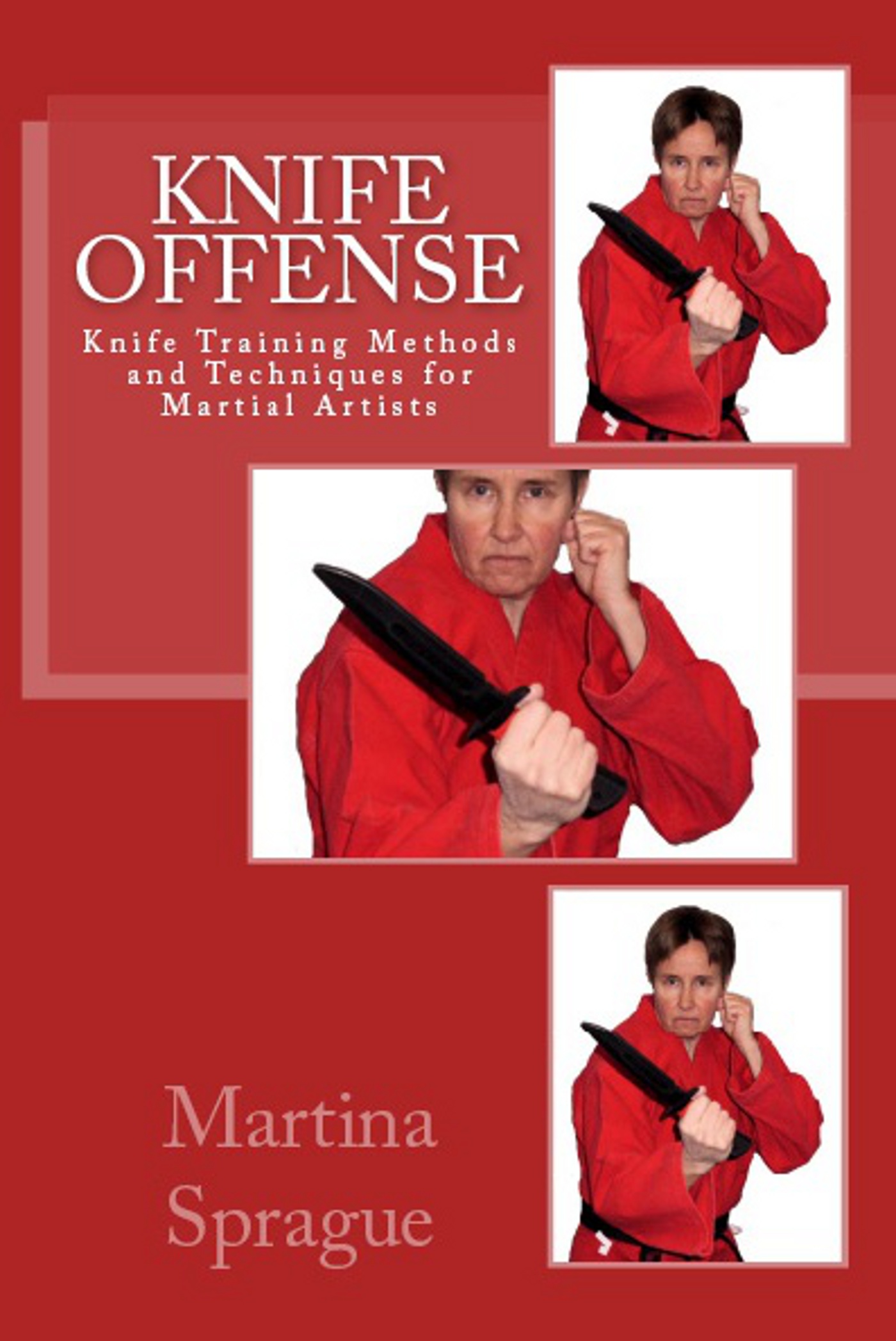
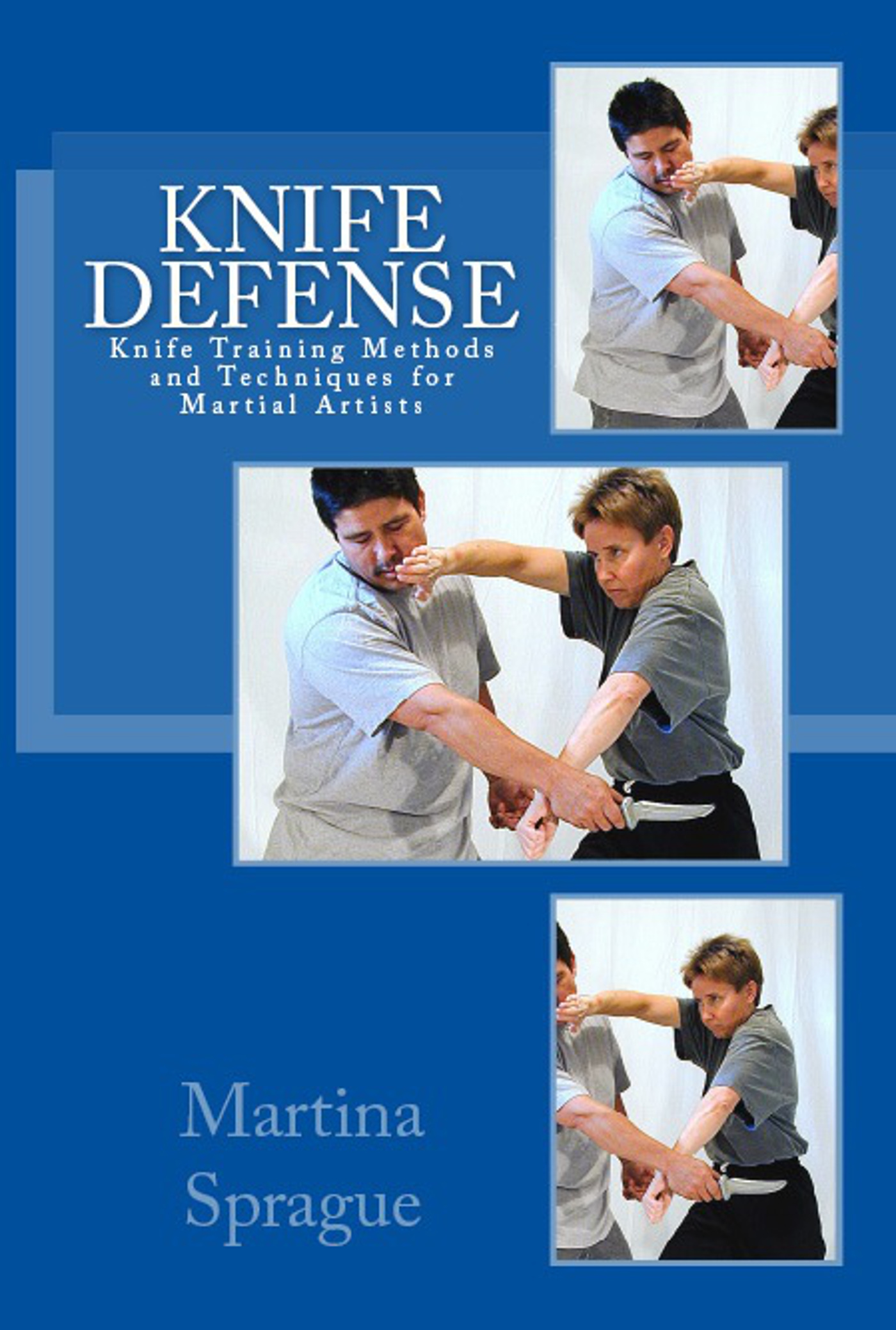
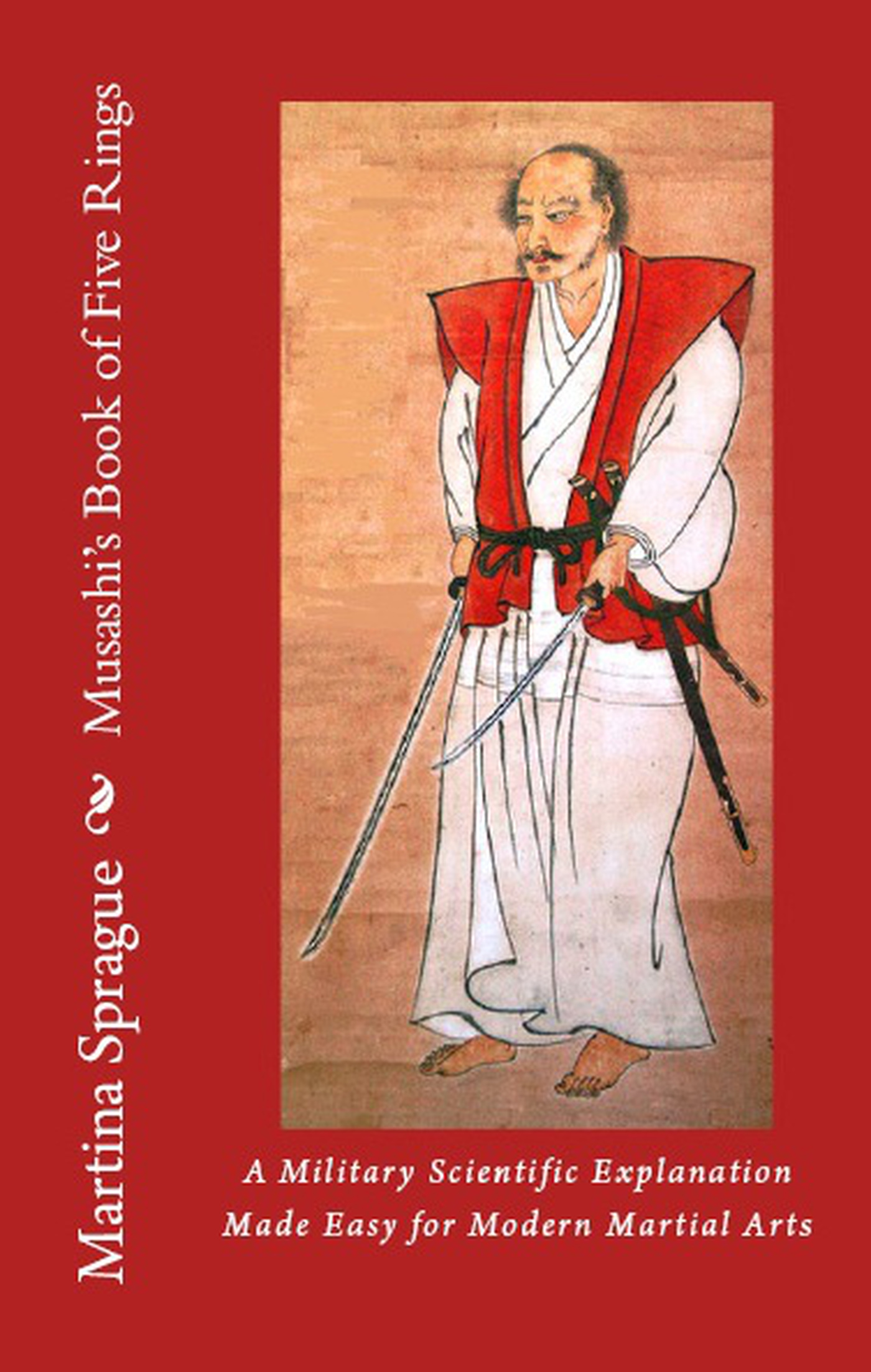
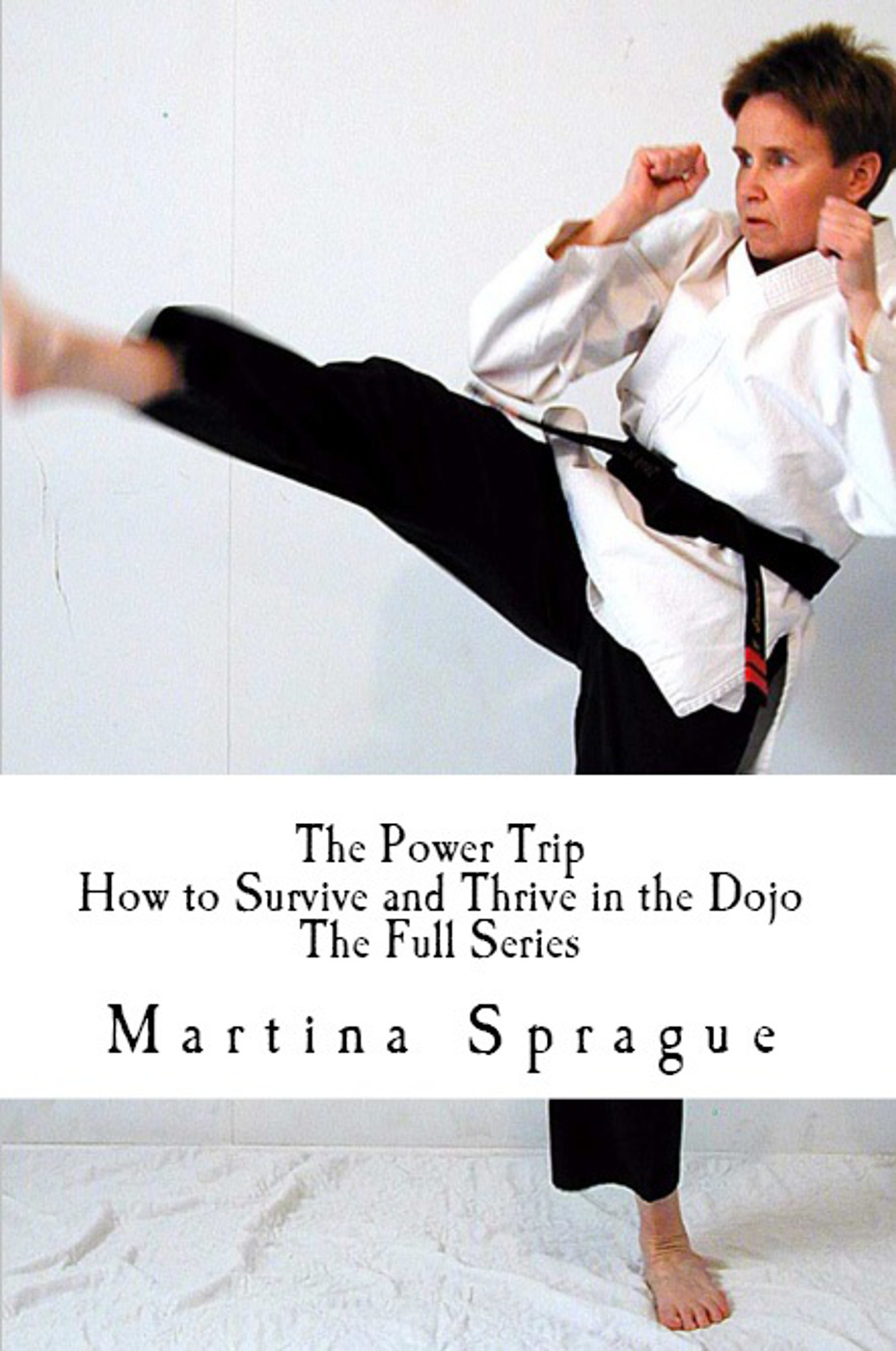
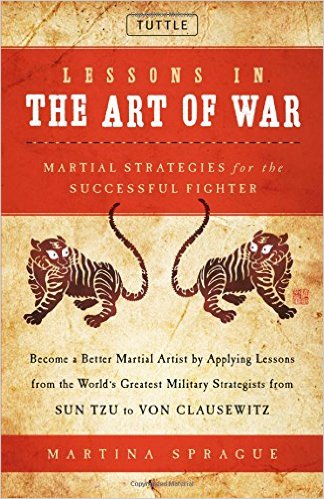
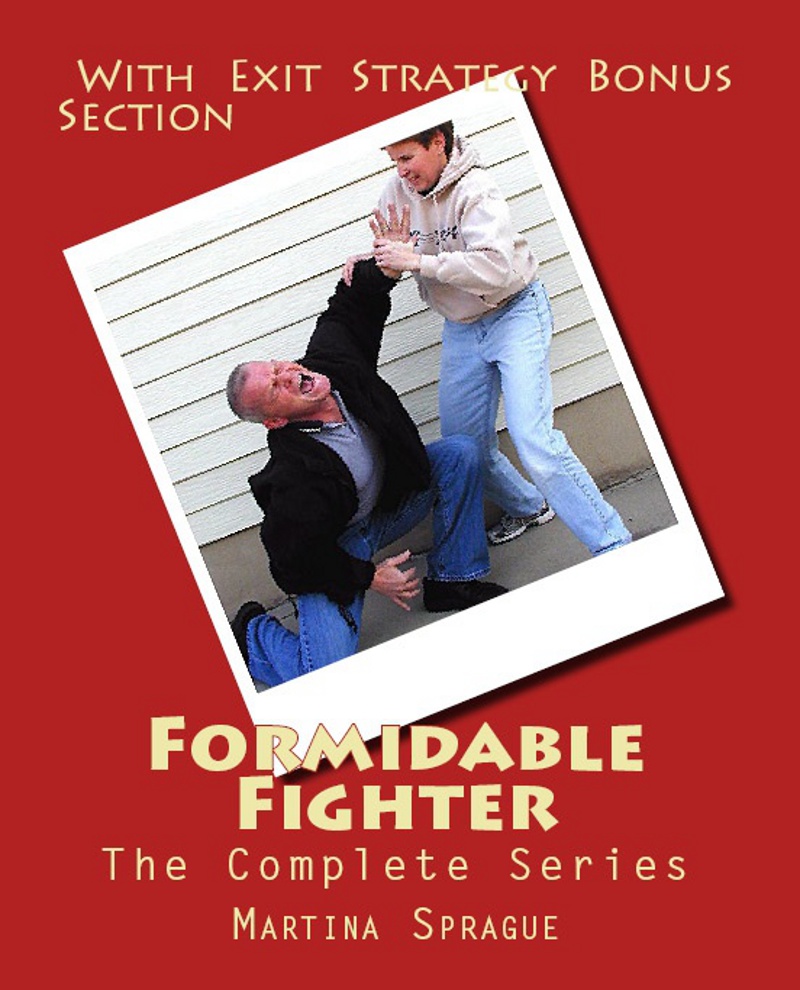

.jpg)
